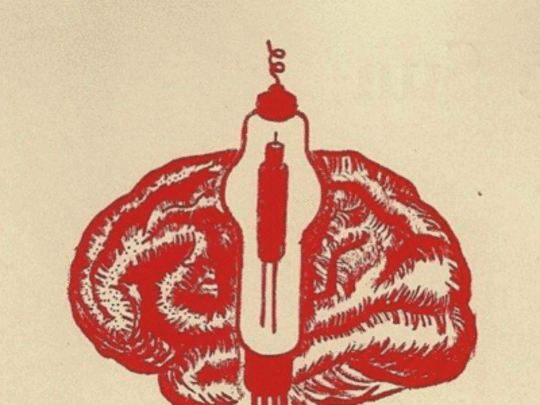
![[Translate to English:] [Translate to English:]](/assets/_processed_/3/0/csm_Zuse_Headerbild_CD_57903_091e533623.jpg)
[Translate to English:] Photo: Deutsches Museum
Communication
Konrad Zuse
During the Second World War, civil engineer Konrad Zuse designed the first programme-controlled electro-mechanical calculating machines in Germany, making him one of the “inventors of the computer”. The project scrutinizes his role as inventor and entrepreneur within the NS state and in the postwar period.
Content
Konrad Zuse – A Computer Pioneer in the “Third Reich” and in Postwar Germany
- Communication
- Digital cultures of technology and knowledge
- Mathematik und Informatik
Edited by
PD Dr. Ulf Hashagen
Leitung Hauptabteilung Forschungsinstitut
Prof. Dr. Hans Hellige
Senior Research Fellow
Project description
The Konrad Zuse files in the archive of the Deutsches Museum, which have been made accessible and partially digitised in recent years, provide the history of computers with a new and important corpus of source documents. The considerably expanded stock of source documents created the impetus to question the image of Zuse’s work in the “Third Reich” and in postwar Germany, which, up until now, has been largely determined by his autobiography. With first results having been presented at workshops, a comprehensive monograph is currently being prepared for publication in 2022/23.
The research project’s starting point is a critical examination of Zuse’s own historical construction of his work and activities, which had a major influence on his image as “father of the computer”. The basis for the biographical re-adjustment is a critical analysis of the Zuse files, an assessment of blank spaces, a verification of the authenticity of notebooks, shorthand notes and typescripts as well as the scientifically proven re-evaluation of the dating of many writings. Based on the critical evaluation of the estate and numerous additional source documents, the monograph offers a detailed analysis of Zuse’s intellectual and political development, his role as engineer, inventor and entrepreneur in the “Third Reich” and in postwar Germany. Thereby, it provides new insights into his position in the scientific system and the military-industrial-scientific complex of the NS state and into his relations with the allied occupational powers 1945–50. Beyond that, the development of Zuse’s most important pioneering achievements is reconstructed within its socio-political context. All in all, the book will offer a reassessment of his biography that allows to re-evaluate his technical and scientific pioneering achievements in view of the research into early Anglo-American history of computers.
Events
Ulf Hashagen: “‘Mirror-Image Twins’: German and Allied Computer Experts between Research Control, Confidentiality, Research Cooperation and Technology Transfer 1945-1950”, International Communities of Invention and Innovation IFIP Working Group 9.7 Conference, 25-29 May 2016
Publications
Wilhelm Füßl (Hrsg.): 100 Jahre Konrad Zuse – Einblicke in den Nachlass. München, Deutsches. Museum, 2010; ders.: Konrad Zuse und das Bauhaus, in: Kultur & Technik 44, 2020, H. 2, S. 56-59.
Konrad Zuse and his World-First Computers – Television Report, 1958
[Translate to English:] Hier werden der Nachfolger der Z3 demonstriert, der noch mit Relaistechnik gebaut wurde sowie die damals neue Generation von Computern, die Z22 mit Magnetspeicher und Röhrentechnik. Die Geräte und ihre Funktionsweise werden von Dr. Konrad Zuse persönlich demonstriert und erklärt. Ursprünglich geplant für vermessungstechnische Aufgaben, wurde schnell klar, dass der Einsatz auf verschiedenste Gebiete der Technik und Wissenschaft ausgeweitet werden könnte. Eine Produktion des Hessischen Rundfunks, 1958

![[Translate to English:] [Translate to English:]](/assets/_processed_/c/c/csm_Headerbild_Chiffriermaschinen_Rainer_3889c3d7be.png)
![[Translate to English:]](/assets/_processed_/f/d/csm_Bild-1_Ephmeride-des-Kleinen-Planeten-Hecuba_824f1969c4.jpg)
![[Translate to English:] [Translate to English:]](/assets/_processed_/f/1/csm_Forschungsinstitut_Projekt_Algorithmische_Wissenskulturen_Header_HashagenSeising_743a1da746.jpg)

